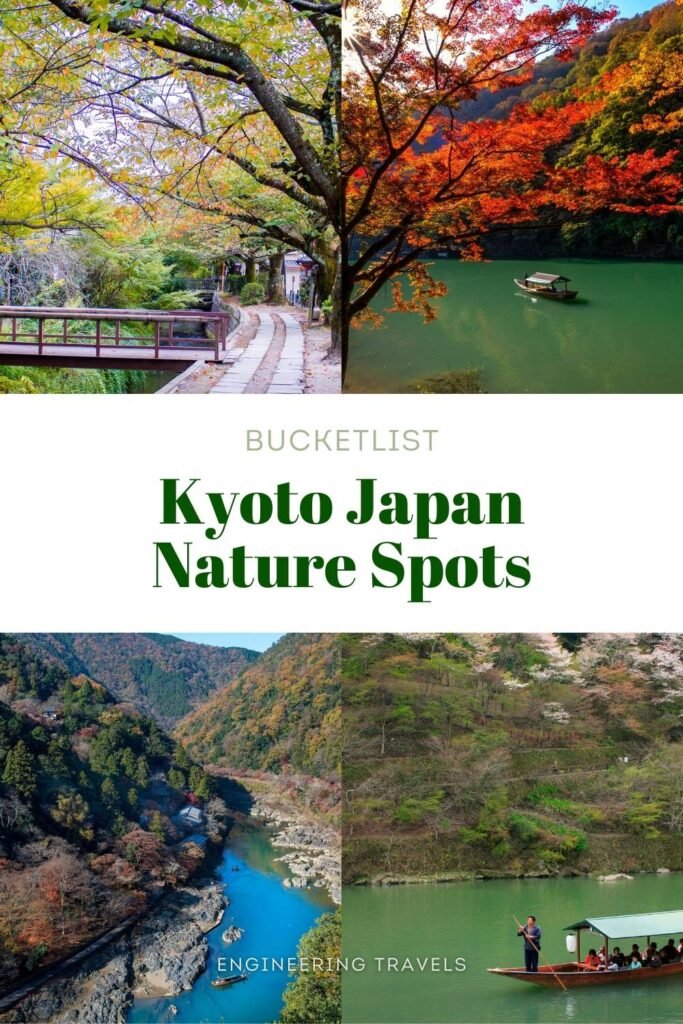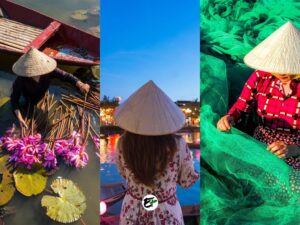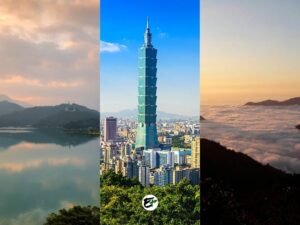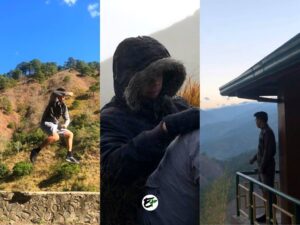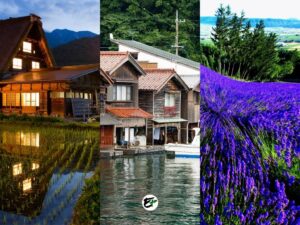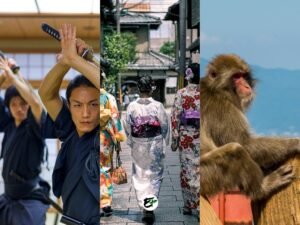The Forest in Kyoto And Other Natural Attractions To Visit
Japan’s deep respect for nature and its natural beauty are two aspects that greatly inspire me. I’ve always been in awe of how Japan has managed to develop and grow its cities without encroaching upon its forests. This commitment to preservation has earned Japan recognition as a country with some of the cleanest cities in the world.
Kyoto is a prime example of a city that has balanced growth with nature conservation. This harmony has consistently placed Kyoto among the top city destinations in Japan.
This guide aims to help you navigate Kyoto’s natural attractions. It includes a variety of unique experiences each destination offers, assisting you in choosing what aligns best with your preferences. Additionally, it provides recommendations on the best times to visit, aiding you in planning your itinerary.
This post contains affiliate links. I may receive a tiny commission at no additional cost to you.
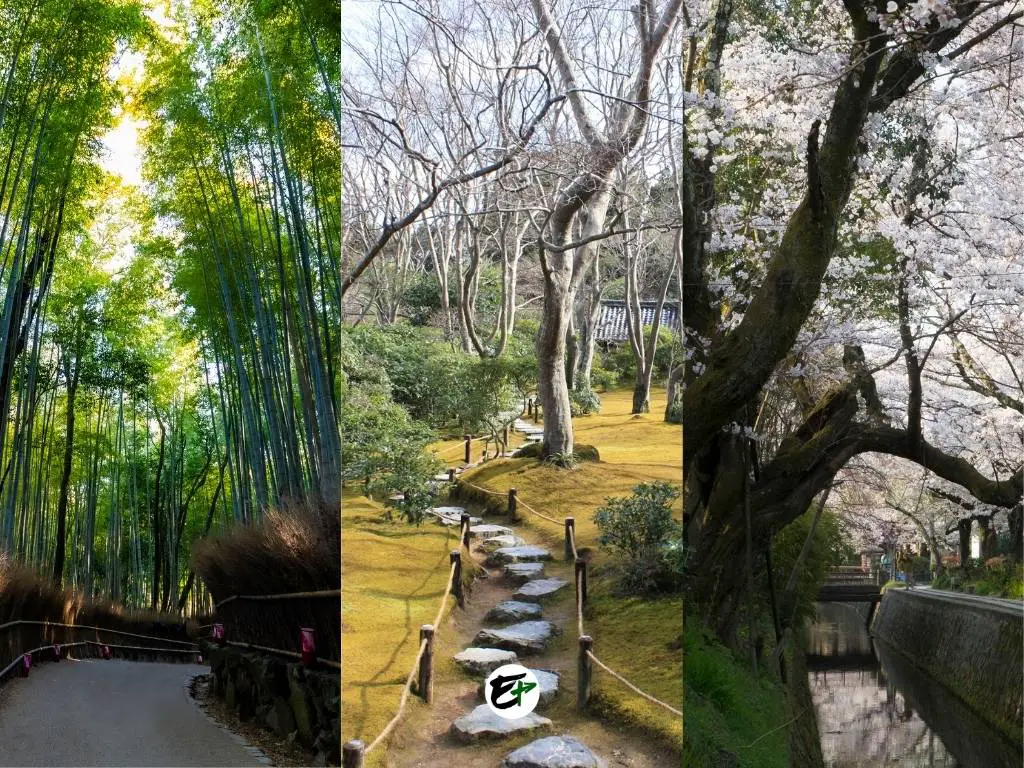
Use the table of contents to skip to topics.
Check out my other articles about Japan.
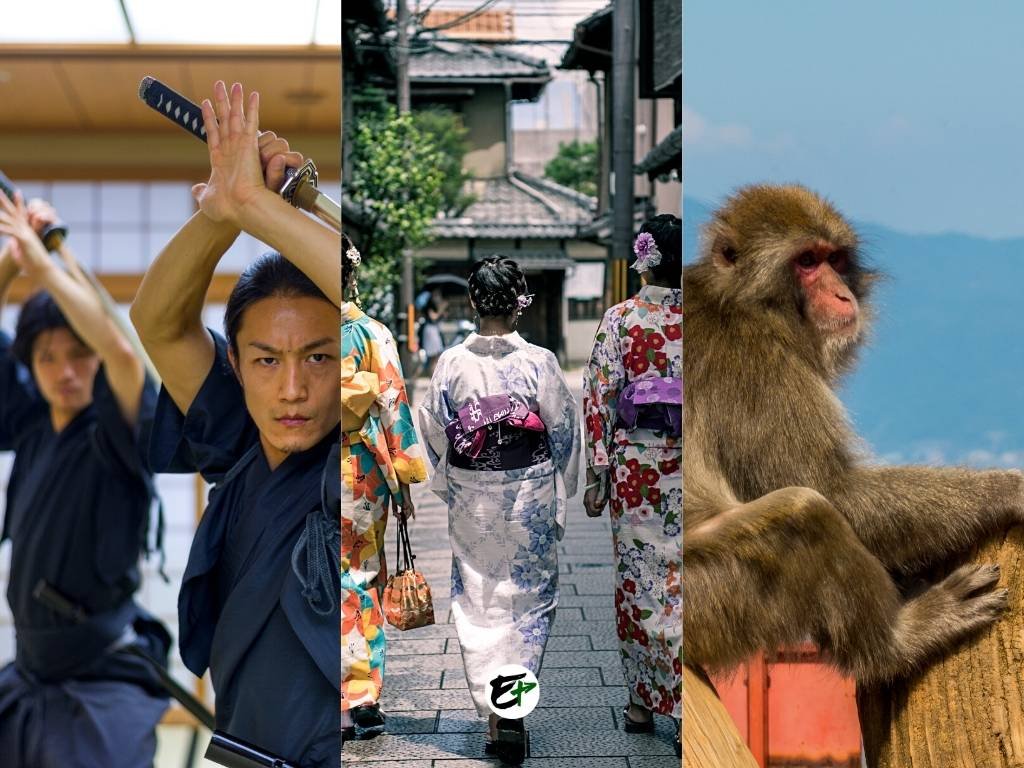
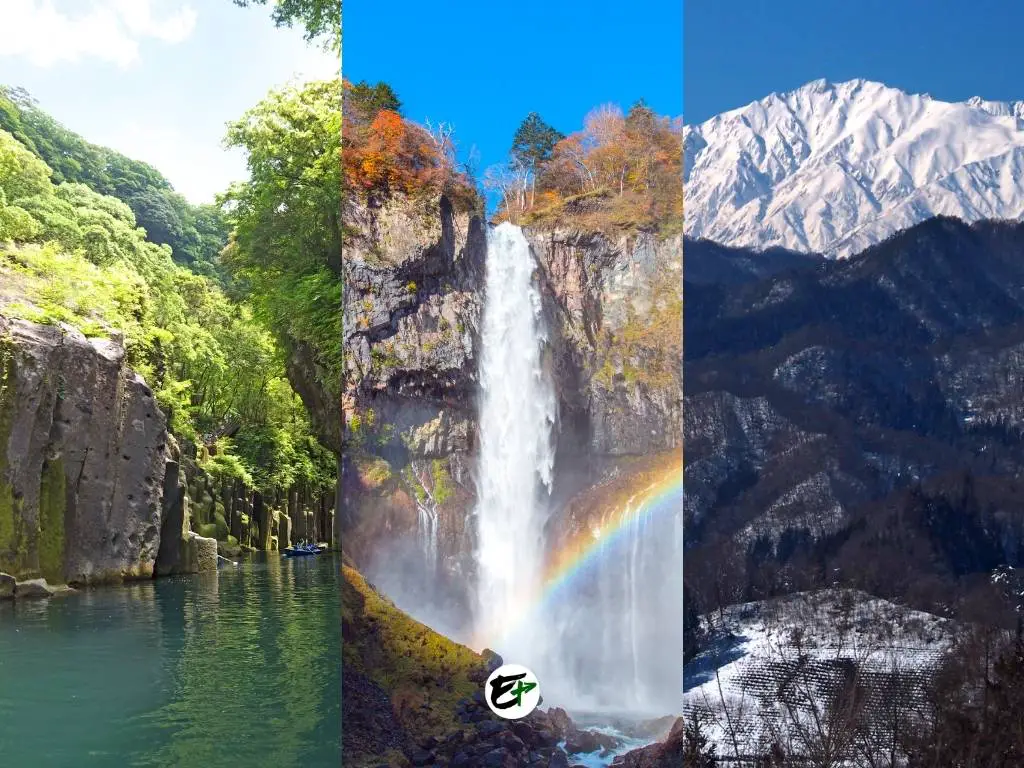
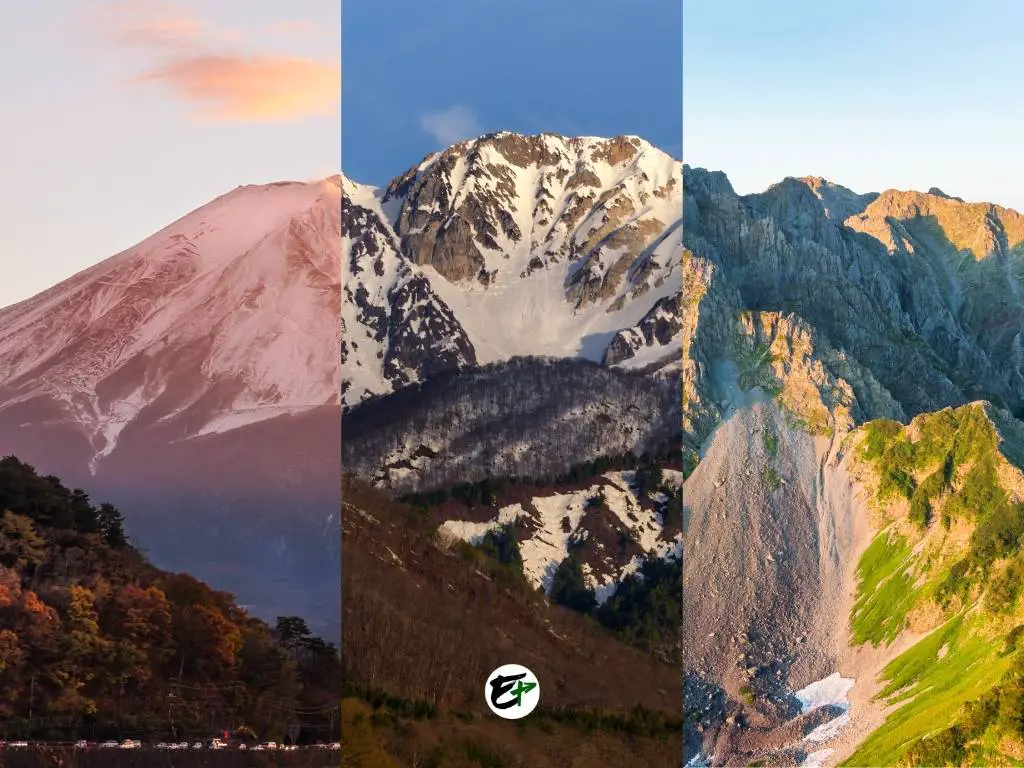
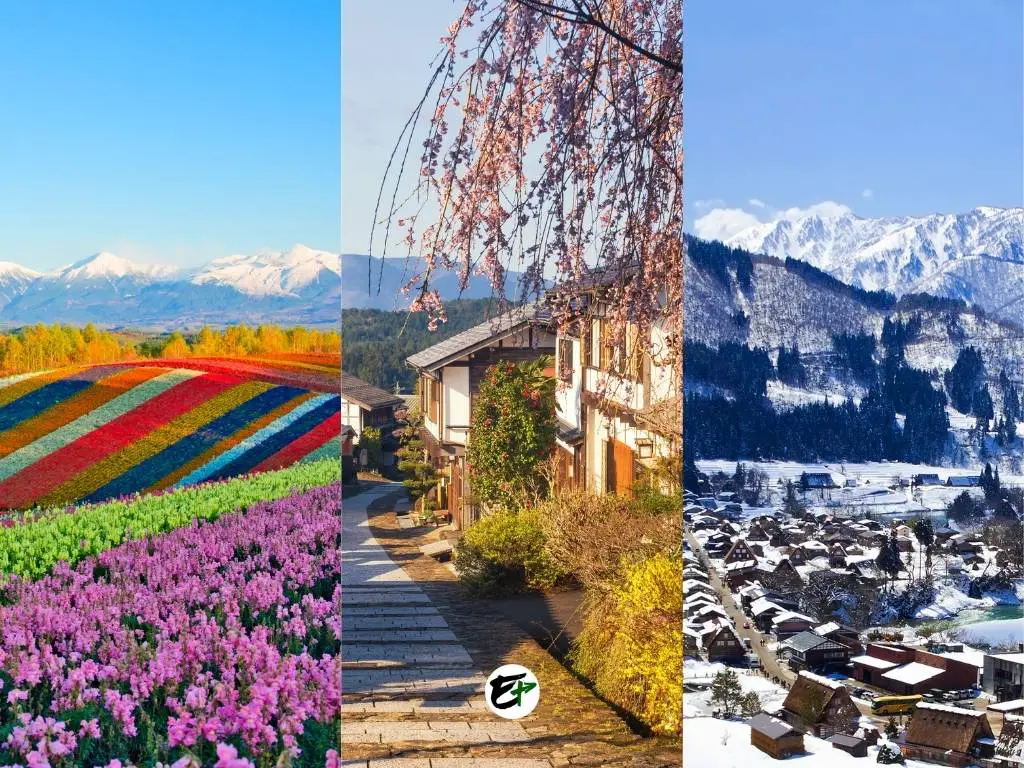
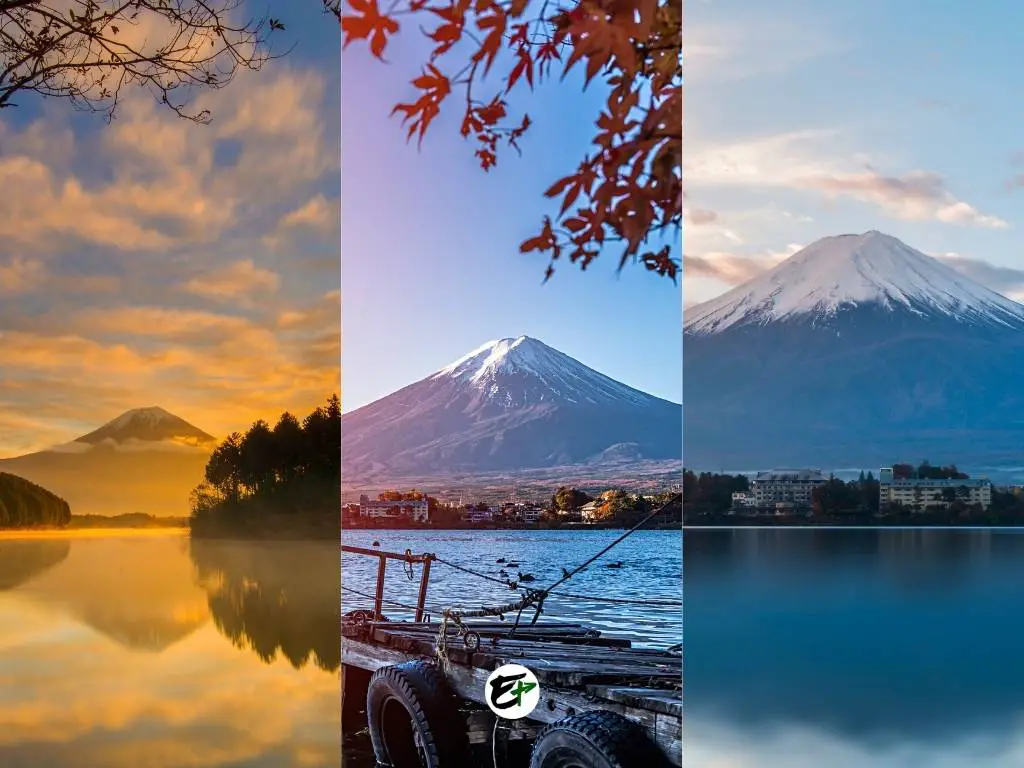
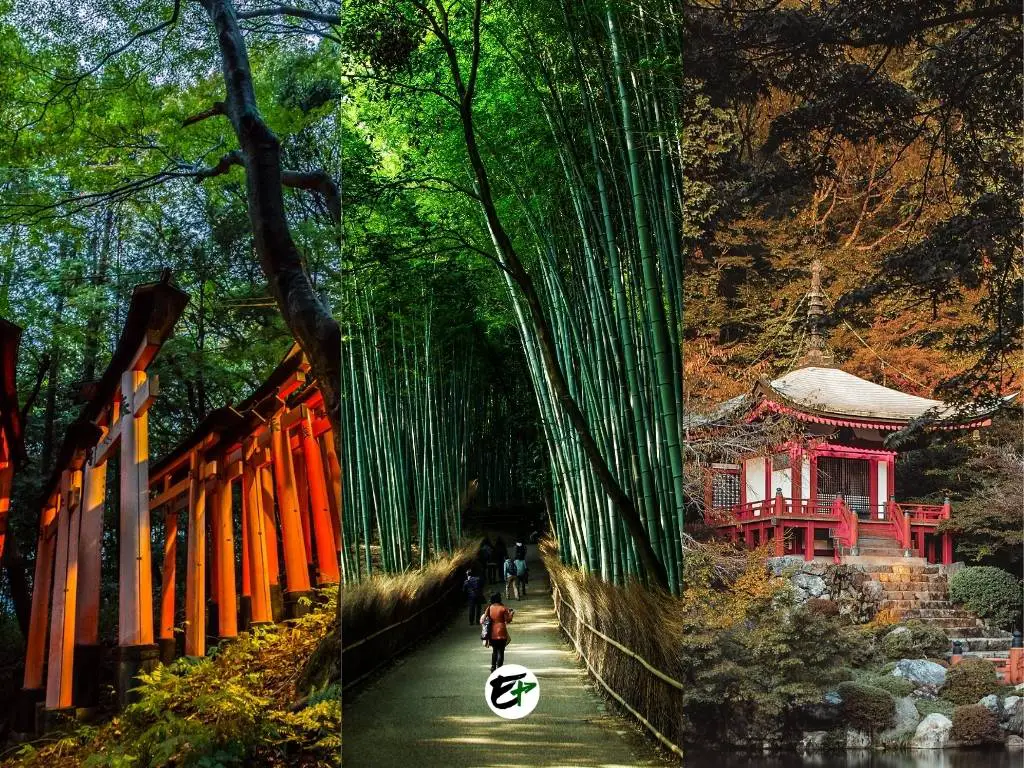
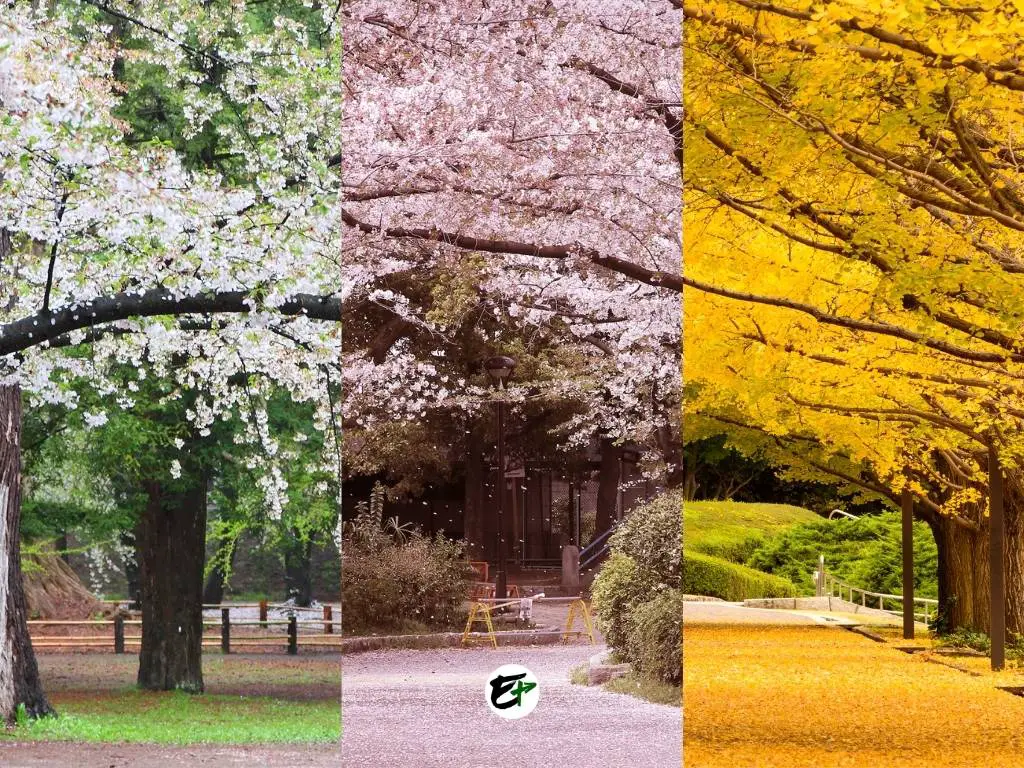
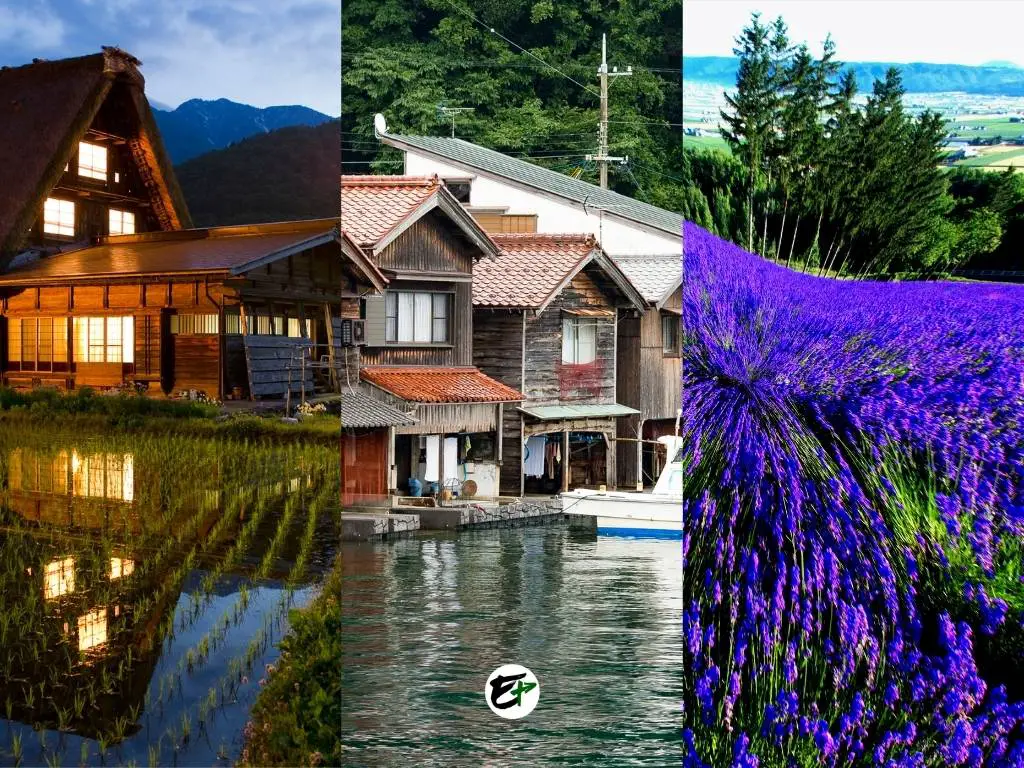
Planning to spend a few days in Kyoto? You can find great hotel deals in Kyoto on this link. To make your nature trip to Kyoto even more enjoyable and insightful, consider taking part in guided tours. These tours offer a fun and easy way to explore Kyoto’s natural attractions, ensuring you don’t miss any key sights.
1. Sagano Bamboo Forest
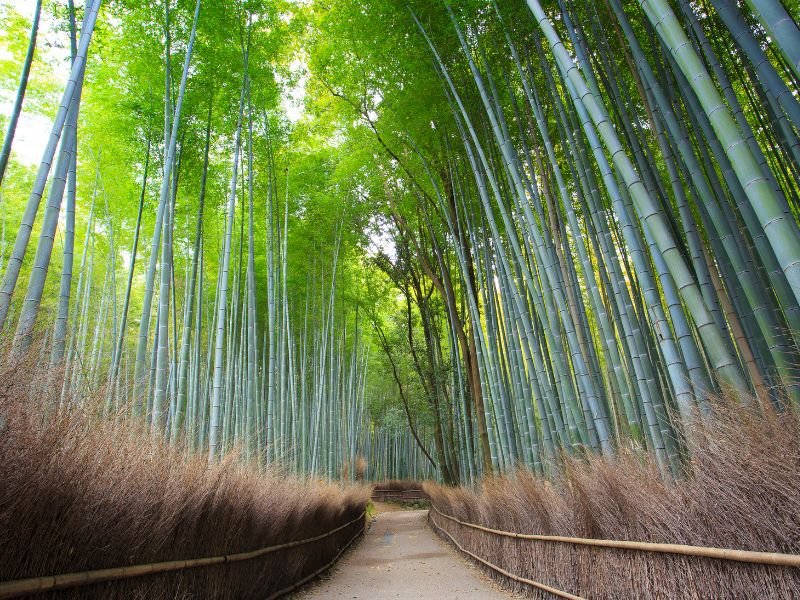
Let’s begin with Arashiyama’s Sagano Bamboo Forest, a standout natural attraction in Kyoto. Located just 30 minutes west of downtown Kyoto, it offers a unique experience for nature lovers.
So, what can you expect at the Sagano Bamboo Forest? Recognized as one of Japan’s 100 Soundscapes, it’s a place where you can immerse yourself in the soothing sounds of nature. The forest is divided into two sections, separated by the JR Sagano-Saiin line train tracks and the grounds of the Tenryu-Ji Temple.
If you wander along the walkways that weave through the dense bamboo groves during the off-peak hours, you’ll hear the calming sound of bamboo stalks gently knocking against each other in the breeze. This, combined with the stunning view of the forest canopy, makes for an unforgettable experience.
When is the best time to visit the Sagano Bamboo Forest? To avoid crowds and enjoy a more peaceful experience, it’s recommended to avoid peak hours. The Arashimaya bamboo forest is open 24 hours a day, so an early morning visit could offer a more serene experience.
Sagano Bamboo Forest Resources
2. Okochi Sanso Villa Garden
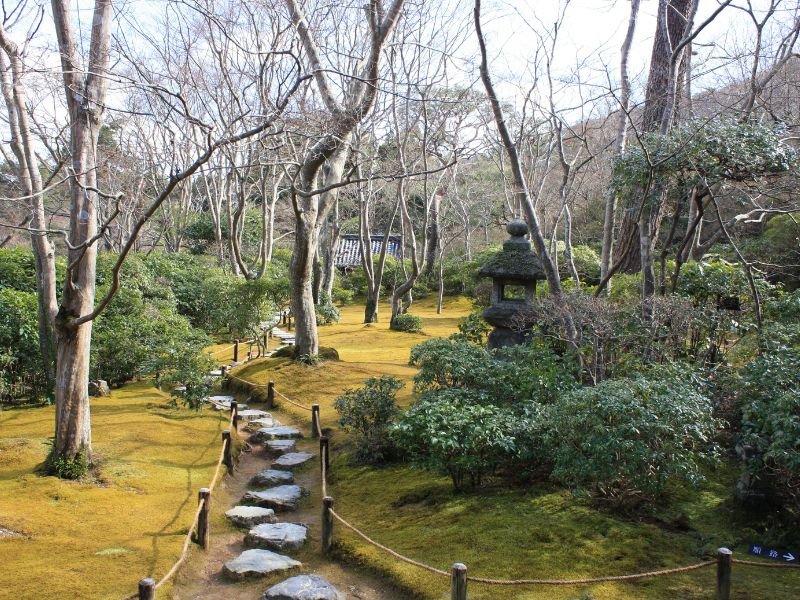
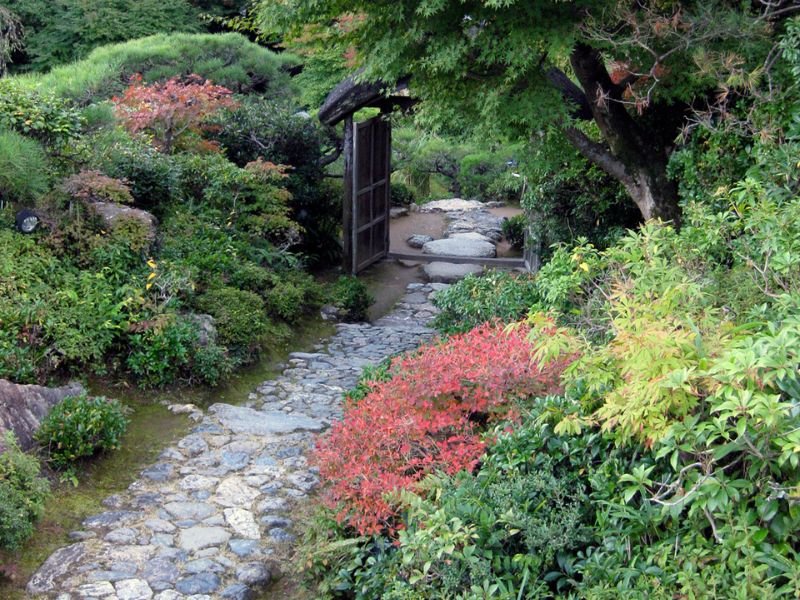
Click the images above to enlarge.
In Arashimaya, beyond the Bamboo Forest, you’ll find another nature-themed attraction – the Okochi Sanso Villa. This tranquil villa, surrounded by expansive gardens, was designed by the renowned actor Okochi Denjiro.
There is an entrance fee of Y1000 for the villa. However, it’s well worth it as it includes a cup of hot Japanese matcha and a chewy Japanese sweet pastry. These treats can be enjoyed in the villa’s tea house, nestled under the garden trees, offering a view of the bamboo forest. The entrance fee includes a beautiful postcard as a souvenir.
What to expect inside Okochi Sanso Villa
Upon entering the Okochi Sanso Villa Garden, the first sight to greet you is Daijokaku, Okochi’s main house. This house incorporates several styles of Japanese residential architecture, including the Shinden, Shoin, and Sukiya styles.
The villa features an open lawn area with a borrowed landscape. The surrounding pine trees, cherries, and Japanese maple trees create a vibrant atmosphere, particularly during the fall season. The multi-level gardens, paved with curvy cobblestone steps, lead to breathtaking views.
Reaching the highest point of the Okochi Sanso Villa, you’ll find a resting spot that doubles as a viewing deck. From here, you can take in the Arashimaya skyline with the Higashimaya mountain range in the east.
The Tekusui-an tea house is another highlight of the villa. The ground around the tea house is covered with a moss carpet, lending an ancient feel to the scene.
Okochi Sanso Villa is open from 9 am to 5 pm. You can visit any time of the day, weather permitting. However, autumn is the best time to visit due to the stunning fall foliage.
Visiting Okochi Sanso Villa Garden Resources
3. Katsura Imperial Villa
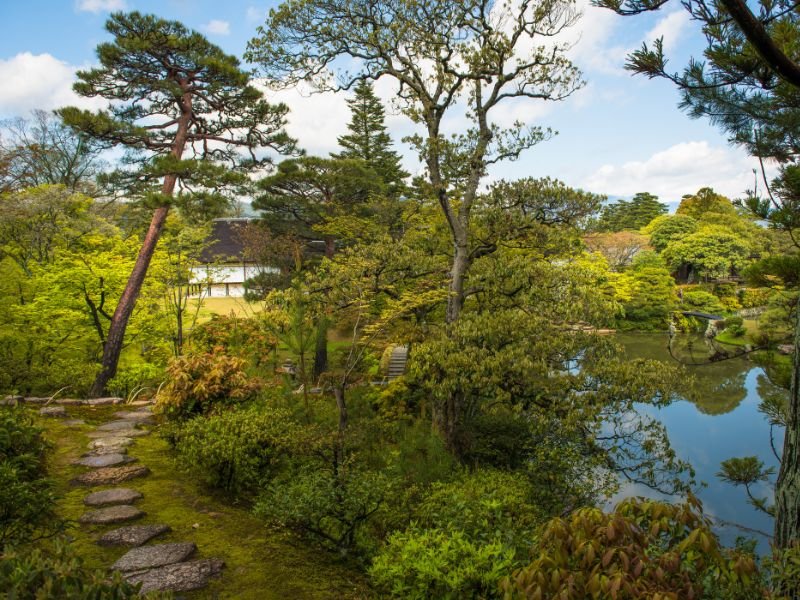
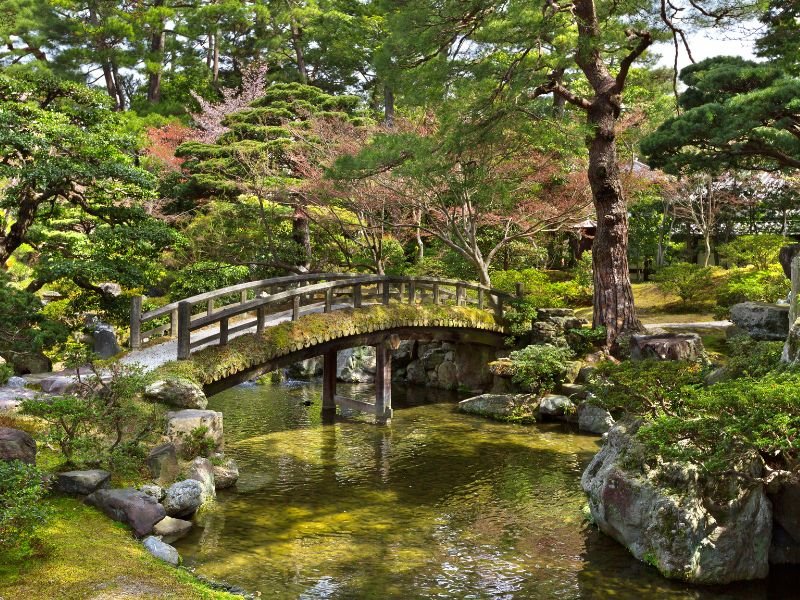
Click the images above to enlarge.
Katsura Imperial Villa is another destination in Kyoto where nature takes the stage.
You can enjoy a leisurely walk amidst its natural beauty. The villa also offers an opportunity to witness the peak of Japanese architectural design. Additionally, you can explore the Chisen Kaiyu-Shiki gardens, a testament to the ingenious landscaping techniques of traditional Japan.
What to expect in Katsura Imperial Villa
Nestled in the heart of the estate, the main structures of Katsura Imperial Villa are surrounded by lush trees that offer a stunning display during certain seasons. The villa features a captivating garden and ponds at its center, their design inspired by the Japanese classic, “Tale of the Genji.”
Katsura Imperial Villa is adorned with a variety of decorative elements. These include stepping stone paths, traditional Japanese garden fences, stone lanterns, and handwashing basins. The villa grounds also feature arched wooden bridges and charming short stone bridges that connect the pond islets.
In addition to the main building, the compound houses several tea houses. These structures showcase the finesse of Japanese carpentry and architectural design. The picturesque scenes inside the villa and the tranquil ambiance of the compound have garnered admiration from many visitors.
For some, their visit to Katsura Imperial Villa was a highlight of their trip to Japan, and they found the 1000 Yen entrance fee to be well worth it.
Tips in visiting Katsura Imperial Villa
Visiting Katsura Imperial Villa requires some planning. You have two options: apply for a permit online through the Imperial Household Agency or arrive early at the Imperial Household Agency Office (Kunaicho) to secure a tour slot. Kunaicho is conveniently located a short walk from Imadegawa Station on the Karasuma subway line.
The application process is straightforward. Simply present your passport and complete a few forms. However, it’s important to remember that Katsura Imperial Villa is typically closed on weekends and national holidays.
Tours are conducted at specific times: 10 AM, 11 AM, 2 PM, and 3 PM. Each tour offers a 40-minute exploration of the villa, providing ample time to appreciate its beauty and charm. Plan your visit accordingly to make the most of this unique experience.
Resources for visiting Katsura Imperial Villa
- Imperial Household Agency — Visiting information and application
- Kyoto customizable garden tour (includes Katsura Imperial Villa as an option)
4. Tetsugaku No Michi (Philosopher’s Walk)
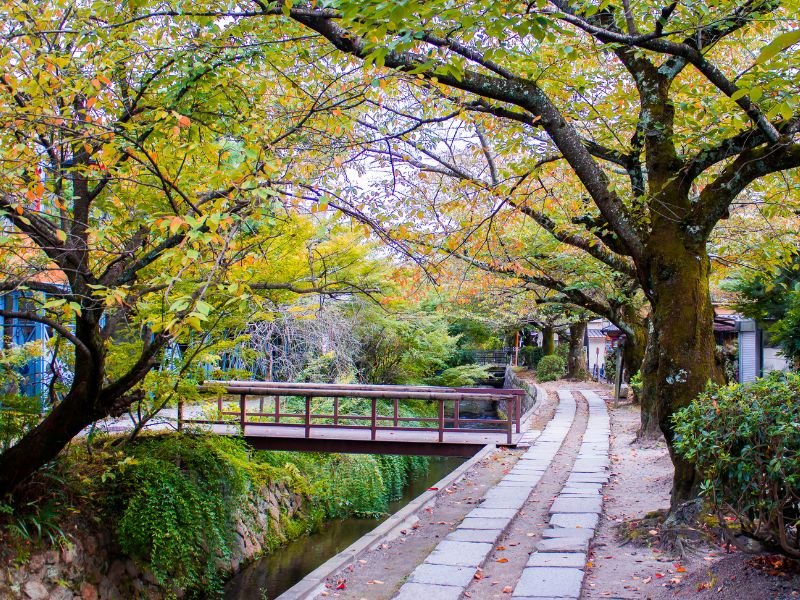
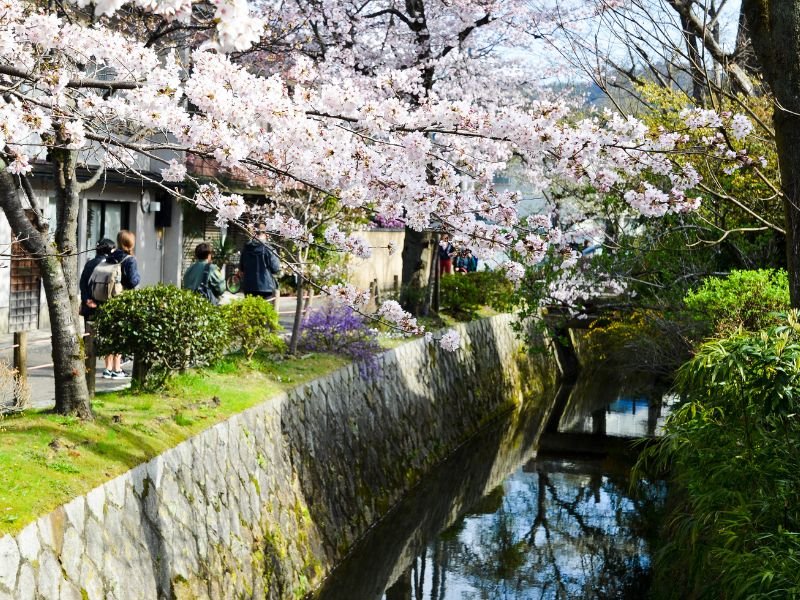
Click the images above to enlarge.
Another notable nature destination in Kyoto is the Philosopher’s Walk. This stone path, which runs alongside a canal, owes its name to Nishida Kitaro, a philosopher from the 20th century. It was here that he would meditate daily on his commute to Kyoto University, eventually achieving enlightenment.
Over time, numerous scholars and individuals have followed in his footsteps, hoping to embark on a similar spiritual journey. The path’s unique history and its connection to Nishida Kitaro have made it a popular tourist attraction.
Today, the Philosopher’s Walk stands proudly alongside other renowned sites such as the Silver Pavilion and Nanzenji Temple. It serves as a connecting route to these landmarks, further enhancing its appeal to visitors. The path offers a blend of natural beauty, historical significance, and spiritual inspiration, making it a must-visit location in Kyoto.
What to expect in Tetsugaku No Michi
Personally, I don’t have much to say about the physical appearance of the Philosopher’s Path. To me, it seems like an ordinary paved walkway surrounded by trees. However, I believe the seasons greatly enhance this simple walkway, potentially making it the best 30-minute walk of your life.
Especially during the spring season, the Philosopher’s Path is filled with cherry blossoms that could captivate your sight with the branches and flowers of the trees. What I appreciate most about the Philosopher’s Path is its demonstration of tranquility in simplicity. The water in the canal flows so calmly, aiding in relaxation and mental clarity.
It’s no wonder Nishida Kitaro had a successful spiritual journey in his life. The key is to visit Tetsugaku No Michi at the right time when there are no crowds. Consider visiting before 9 AM or around late afternoon for a charming walk down the pathway. You never know, it might be your opportunity to reconnect with yourself as well.
I’ve read a comprehensive blog post about the philosopher’s walk that explains everything about it and tips on how you can experience the best of this spot in Kyoto.
Tetsugaku No Michi Visiting Resources
- Tetsugaku No Michi visiting information
- Private Customized Walking Tour with a Kyoto Local Insider (Available option: Tetsugaku No Michi)
5. Ryoan-ji’s Zen Rock Garden
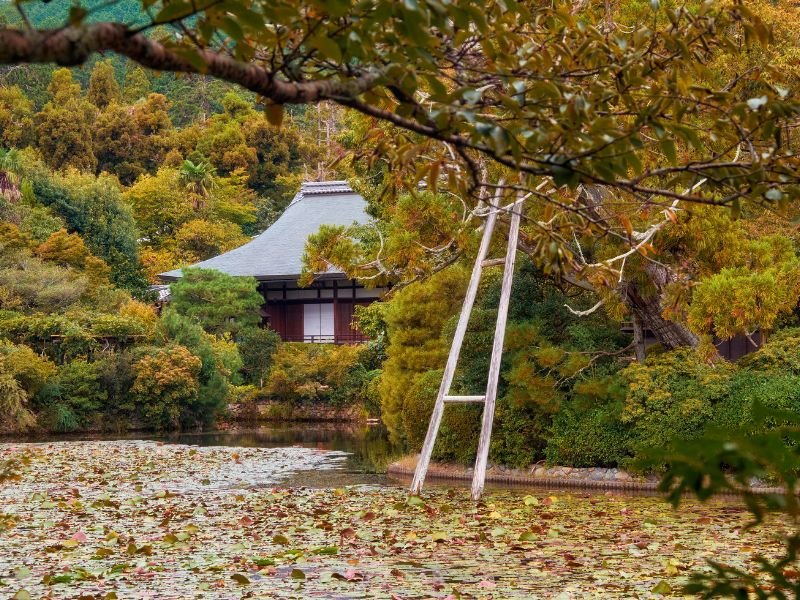
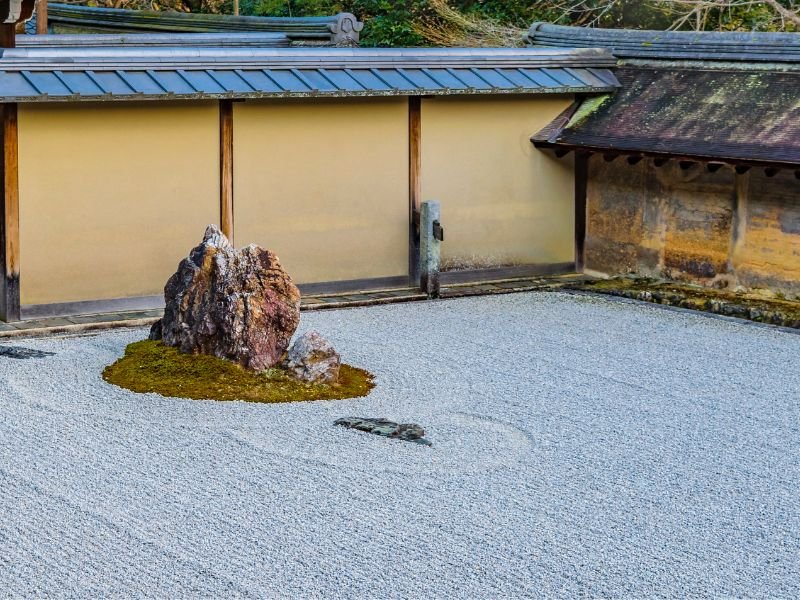
Click the images above to enlarge.
One of the remarkable aspects of Japan is the abundant heritage visible in every corner, such as the Zen Rock Garden in Ryoan-Ji. This site was originally a villa constructed during the Heian period. It was transformed into a temple in 1450 by Hosokawa Katsumoto, a warlord of the Ashikaga Shogunate. In 1994, UNESCO recognized it as a world heritage site.
At first glance, the Zen Rock Garden at Ryoan-ji might appear to be just an ordinary garden. However, as one begins to gaze at the rocks that seem to ripple into a pool of white pebbles, the garden starts to have a positive impact on their inner being. It offers a sense of peace and calm that is so amazing.
What to expect in Ryoan-Ji’s Zen Rock Garden
Inside the garden, you can observe 15 rocks scattered across a pool-like area filled with white pebbles.
These rocks are strategically placed so that at least one rock remains hidden, no matter the viewing angle. This unique arrangement has sparked curiosity, leading many to interpret the garden’s portrayal. One theory suggests that the Zen Rock Garden at Ryoan-Ji depicts a tiger carrying her cubs across the water.
Opposite the stone garden in Ryoan-Ji, you’ll find a philosophical stone water basin known as the Tsukubai Water Basin. What makes this basin particularly interesting are the characters inscribed on it. The inscription reads “ware tada taru wo shiru,” which translates to “I am content with what I am.” This resonates deeply with me, as it’s the kind of sentiment I seek when visiting tranquil temples and natural sites in Japan.
The basin not only produces a soothing sound as water drops into it, but it also serves as a spiritual artifact that can enhance self-awareness.
Beyond the main structure, there’s a spacious stroll-style garden featuring a pond known as the Kyoyochi pond. It’s an ideal spot for a leisurely walk, especially in the autumn when the surrounding trees display vibrant hues of red, yellow, and orange. These elements together provide a complete nature experience at the Ryoan-Ji Zen Rock Garden.
Ryoan-ji’s Zen Rock Garden Visiting Resources
- Ryoan-ji’s Zen Rock Garden Official Website
- Kyoto customizable garden tour (includes Ryoan-ji’s Zen Rock Garden as an option)
6. Kyoto Botanical Gardens
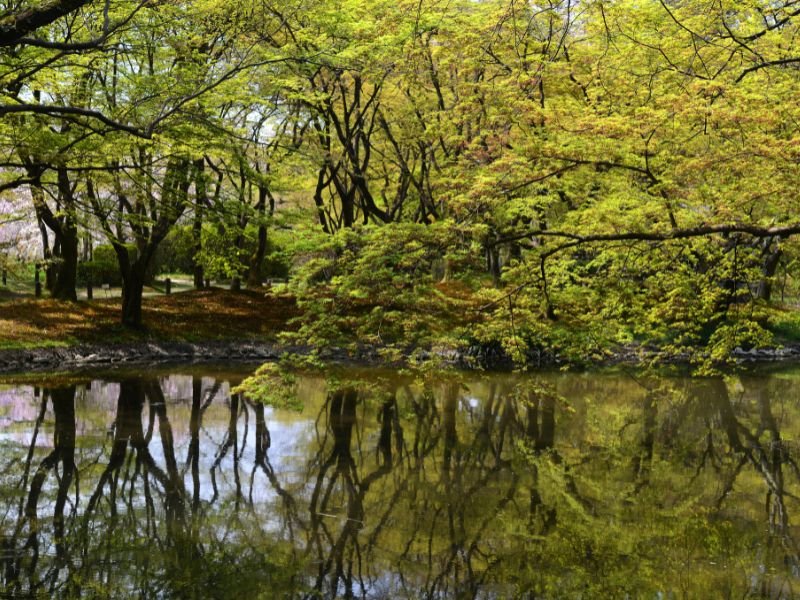
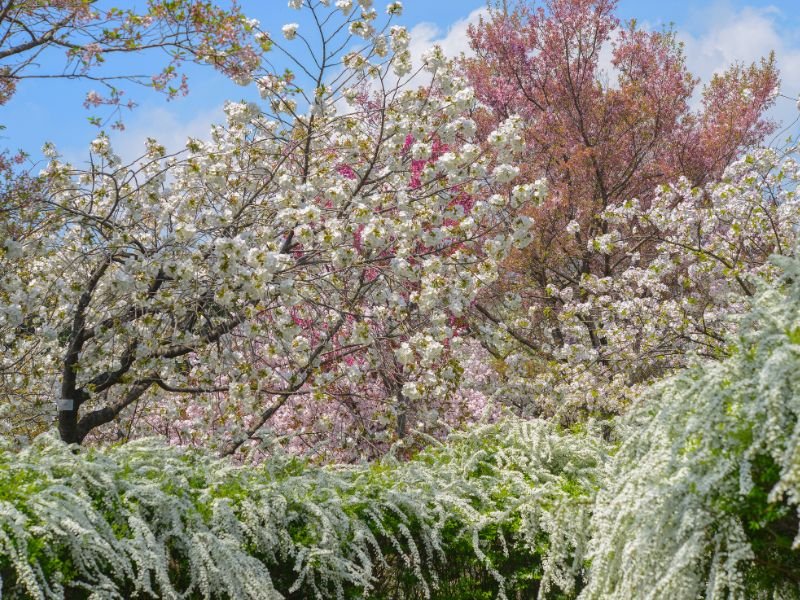
Click the images above to enlarge.
Did you know that without leaving Kyoto, you can see a variety of flowers from around the world? This is possible thanks to the Kyoto Botanical Gardens, which is the most comprehensive botanical garden in Japan and a beautiful nature destination in Kyoto.
The lush grounds of the Kyoto Botanical Garden are home to approximately 12,000 plant species. These plants thrive across a vast area of 240,000 square meters. The garden offers a feast for the eyes, making it an interesting place for plant and flower enthusiasts, as well as Instagrammers.
The garden’s appeal lies in its ever-changing scenery, thanks to the seasonal flora and numerous conservatories. It can be enjoyed all year round. In the spring, over 450 cherry blossom trees put on a remarkable display. Then, in the fall, the leaves of deciduous trees, such as maples, turn a beautiful shade of blush.
What to expect in Kyoto Botanical Garden
The Kyoto Botanical Garden is organized into various sections, making it easier for visitors to locate specific plants and flowers.
One such section is the conservatory, which is further divided into eight distinct parts. Here, visitors can explore a range of plant life, from tropical to dry tropics, and from plains to mountains, including temperate alpine areas. The conservatory also houses valuable native trees, orchids, and bromeliads.
Another noteworthy section is the themed garden. Within this area, there’s a Bonsai exhibit showcasing small trees that reflect the artistic skills of Japanese gardeners. Additionally, there’s a European-style garden that offers a quick change of scenery within the botanical garden.
For those interested in unique plant species, the Special Plant Garden is a must-visit. This section is filled with small plots, each dedicated to a single species of plant. Visitors can expect to see bamboos, lotuses, native Japanese plants, and a variety of perennial and medicinal plants.
Tips in Visiting Kyoto Botanical Garden
It’s important to note that the garden is a popular tourist destination. As such, it can quickly become crowded, particularly during peak hours and on weekends.
When considering the best time to visit, autumn stands out. This season offers a visual feast as the Uma and Sakura trees display their beautiful foliage. Additionally, flowers such as daisies, Japanese anemones, and dahlias come into bloom, adding to the garden’s charm.
Kyoto Botanical Garden Visiting Resources
- Kyoto Botanical Garden official website (visiting information)
- Kyoto customizable garden tour (includes Kyoto Botanical Garden as an option)
7. Hozugawa River Boat Ride
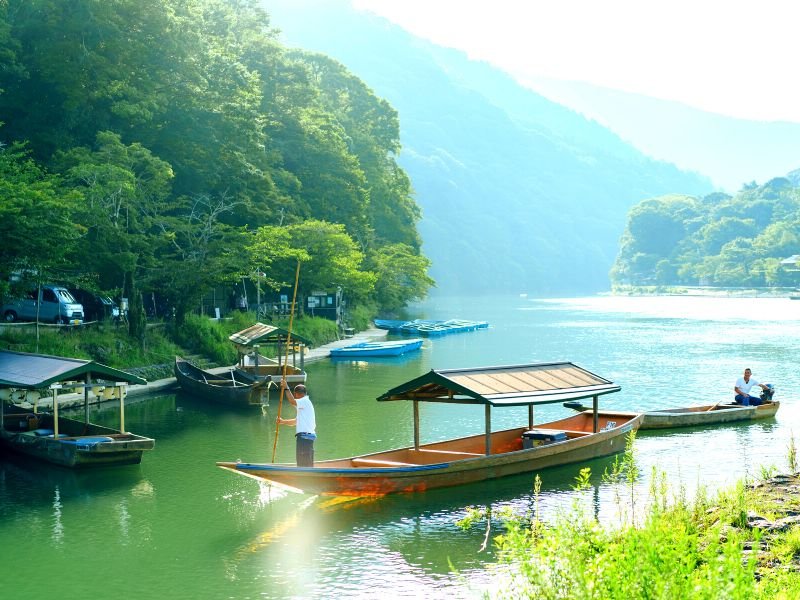
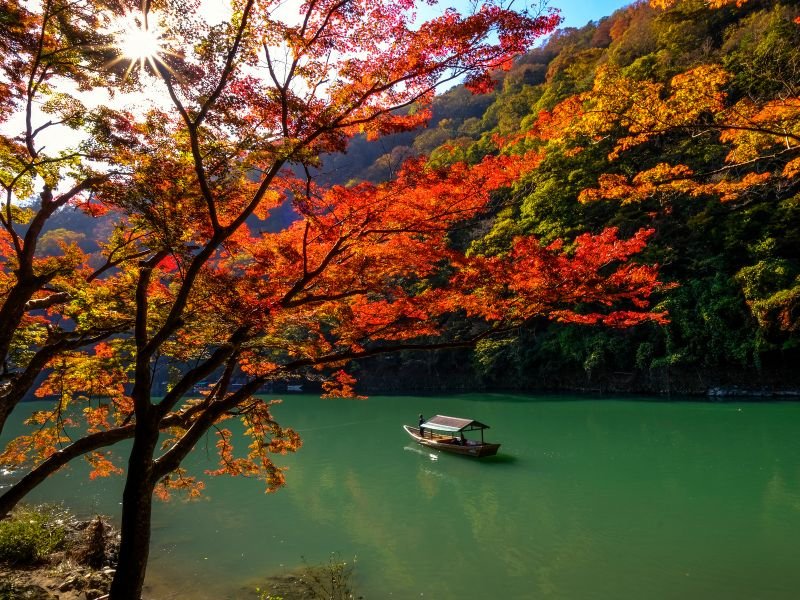
Click the images above to enlarge.
Among the nature attractions in Kyoto, the Hozugawa River Boat Ride holds a special place. This could be the most memorable nature experience in Kyoto.
The Hozugawa River is not just a body of water, but a living testament to history. It carries the legacy of traders and merchants who used it as a transport route hundreds of years ago. In fact, the river has served as a conduit for goods since the 8th century!
Even today, signs of the past remain visible. The remnants of the river paths, once used daily by boatmen hauling their vessels upstream by rope, can still be seen. This blend of natural beauty and historical significance makes the Hozugawa River Boat Ride a unique experience.
What to expect in the Hozugawa River Boat Ride
The boat ride on the Hozugawa river is an experience that lasts up to two hours.
It covers a 16-kilometer stretch between the Arashiyama sightseeing area and Kameoka. As you cruise along the river, you’re treated to breathtaking forest scenery. Depending on the season, you might see vibrant colors in spring and fall, lush greenery in summer, or a snowy landscape in winter.
While much of the boat ride is smooth and serene, there are a few rapids that add a touch of excitement and thrill to the journey. The boatmen who accompany the tourists are skilled and knowledgeable. They spontaneously share insights about the river, point out historical spots, and demonstrate techniques for navigating the boat.
This journey is more than just a scenic cruise. It’s an opportunity to learn and appreciate the river’s history and the art of boat steerage.
Here is Hozugawa River Boat Ride Visiting Information.
Save it on Pinterest.
